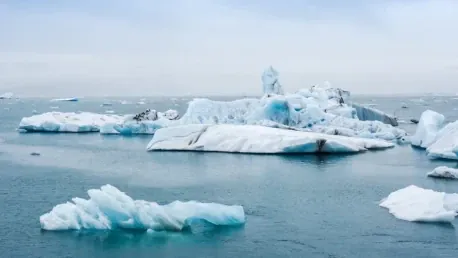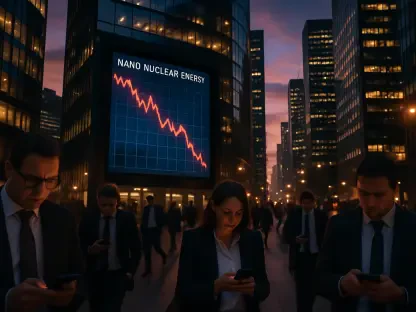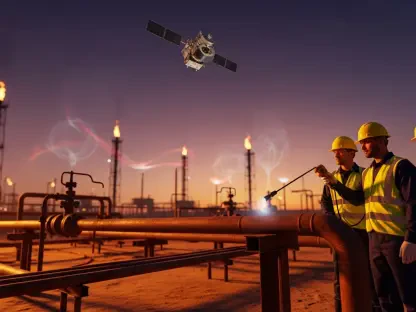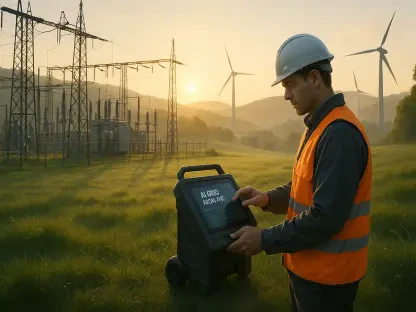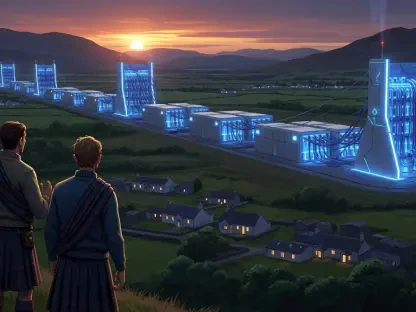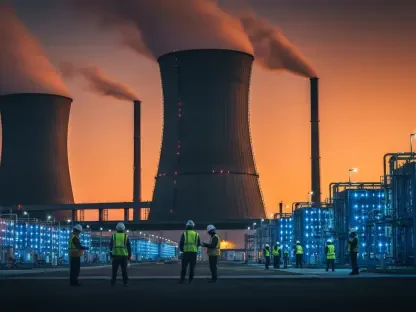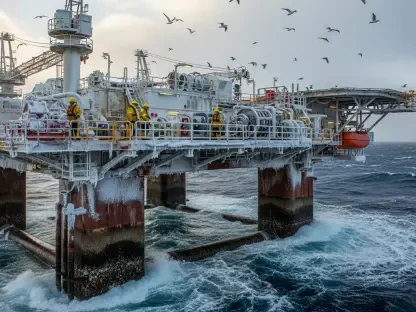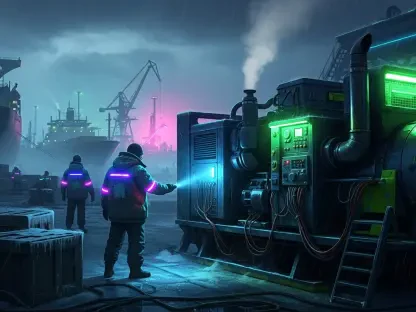The Arctic, often deemed one of Earth’s critical carbon sinks, is facing a dramatic transformation due to escalating global temperatures. Notably, the region’s traditionally frozen tundra, dense forests, and expansive wetlands have long stored vast amounts of carbon within its permafrost, acting as nature’s “deep-freeze” for millennia. However, according to a recent study published in the journal Nature Climate Change, this once-reliable carbon sink is now releasing more carbon dioxide (CO2) than it absorbs. Alarmingly, over 30% of the Arctic is involved in this release, a figure that jumps to 40% when considering the impacts of wildfires.
Changes in the Arctic Carbon Cycle
The Arctic, recognized as one of Earth’s crucial carbon sinks, is undergoing a dramatic change due to rising global temperatures. Historically, the region’s frozen tundra, thick forests, and vast wetlands have stored immense amounts of carbon in their permafrost, functioning like nature’s “deep-freeze” for thousands of years. A recent study in the journal Nature Climate Change reveals that this previously dependable carbon sink is now emitting more carbon dioxide (CO2) than it can absorb. Over 30% of the Arctic is contributing to this release, a number that escalates to 40% when wildfires are taken into account. The breaking down of permafrost releases trapped carbon, exacerbating climate change. Permafrost thawing not only damages ecosystems but also impacts indigenous communities who rely on the land. Continuing temperature increases could make this situation worse, emphasizing the urgent need for global action to mitigate climate change and its severe impacts on the Arctic and beyond.
